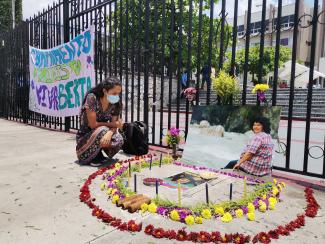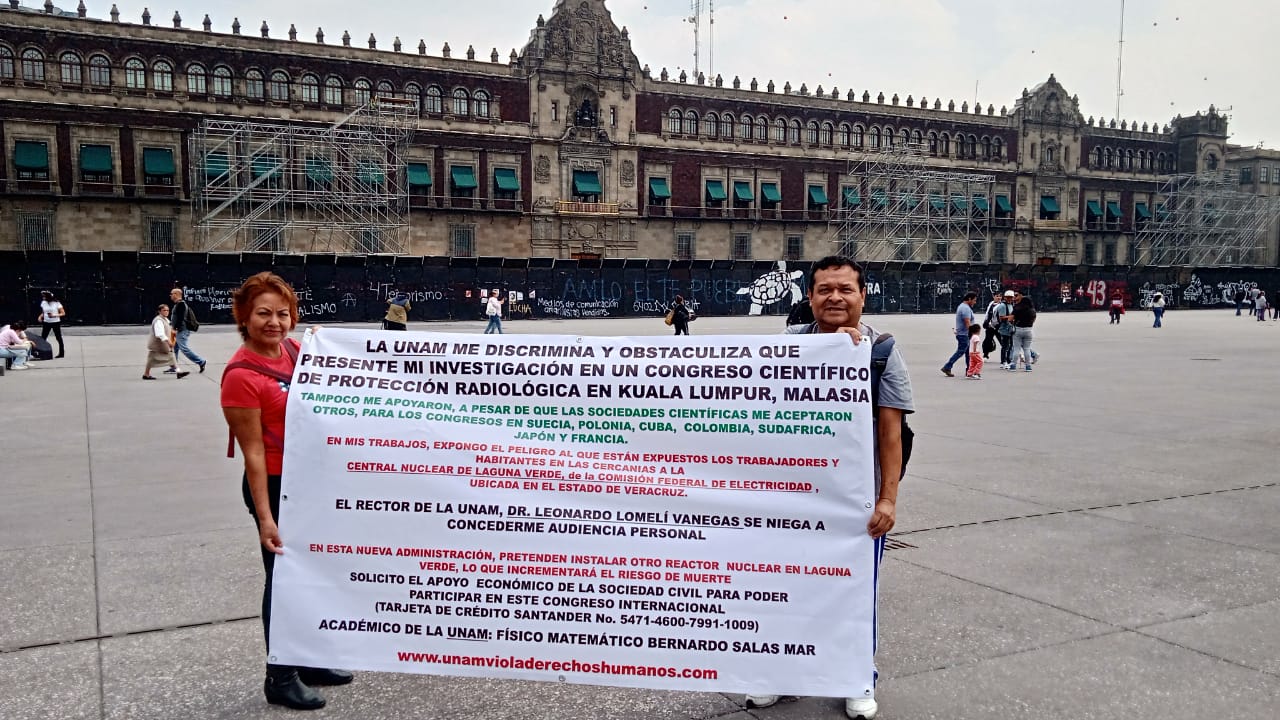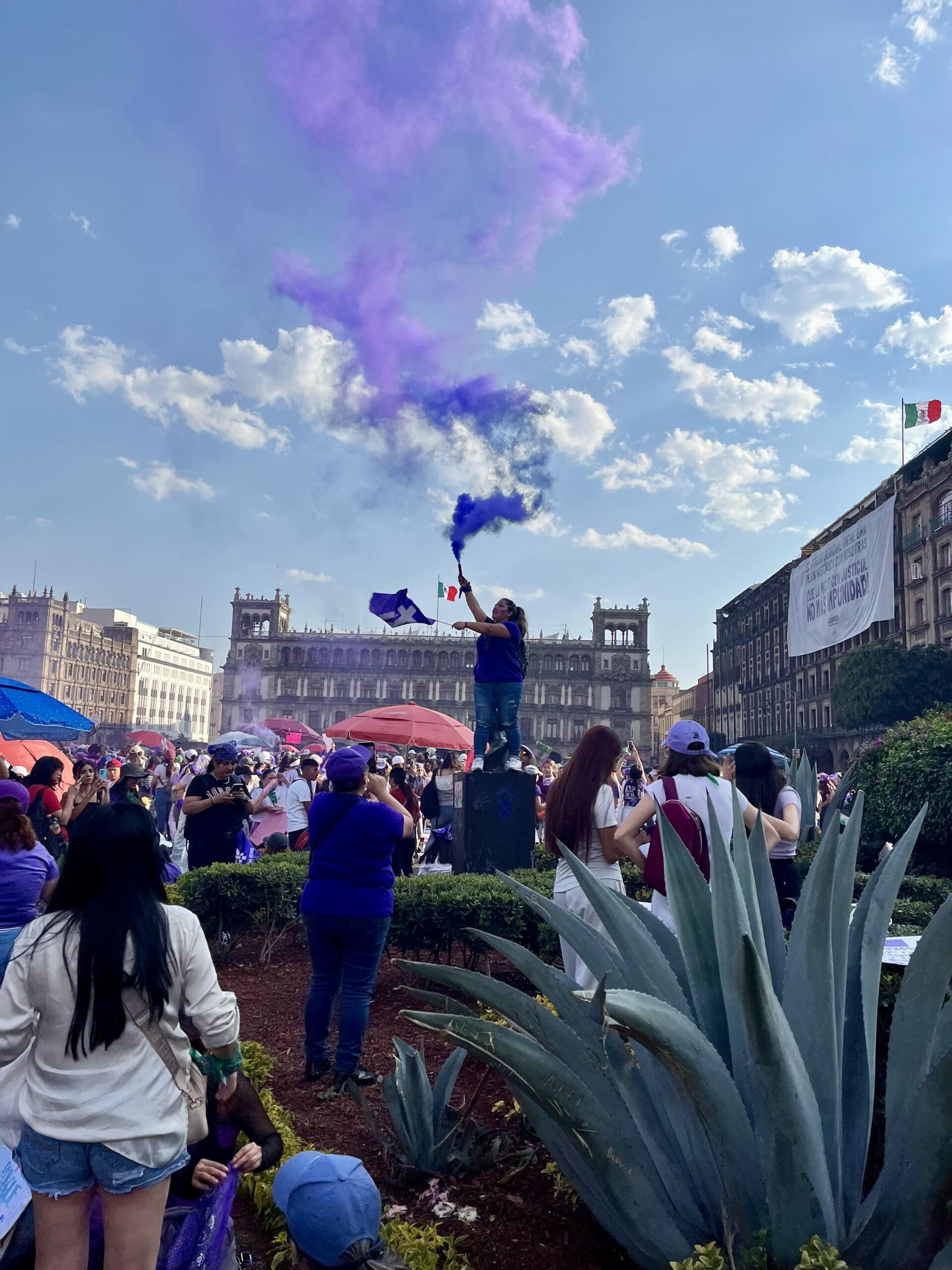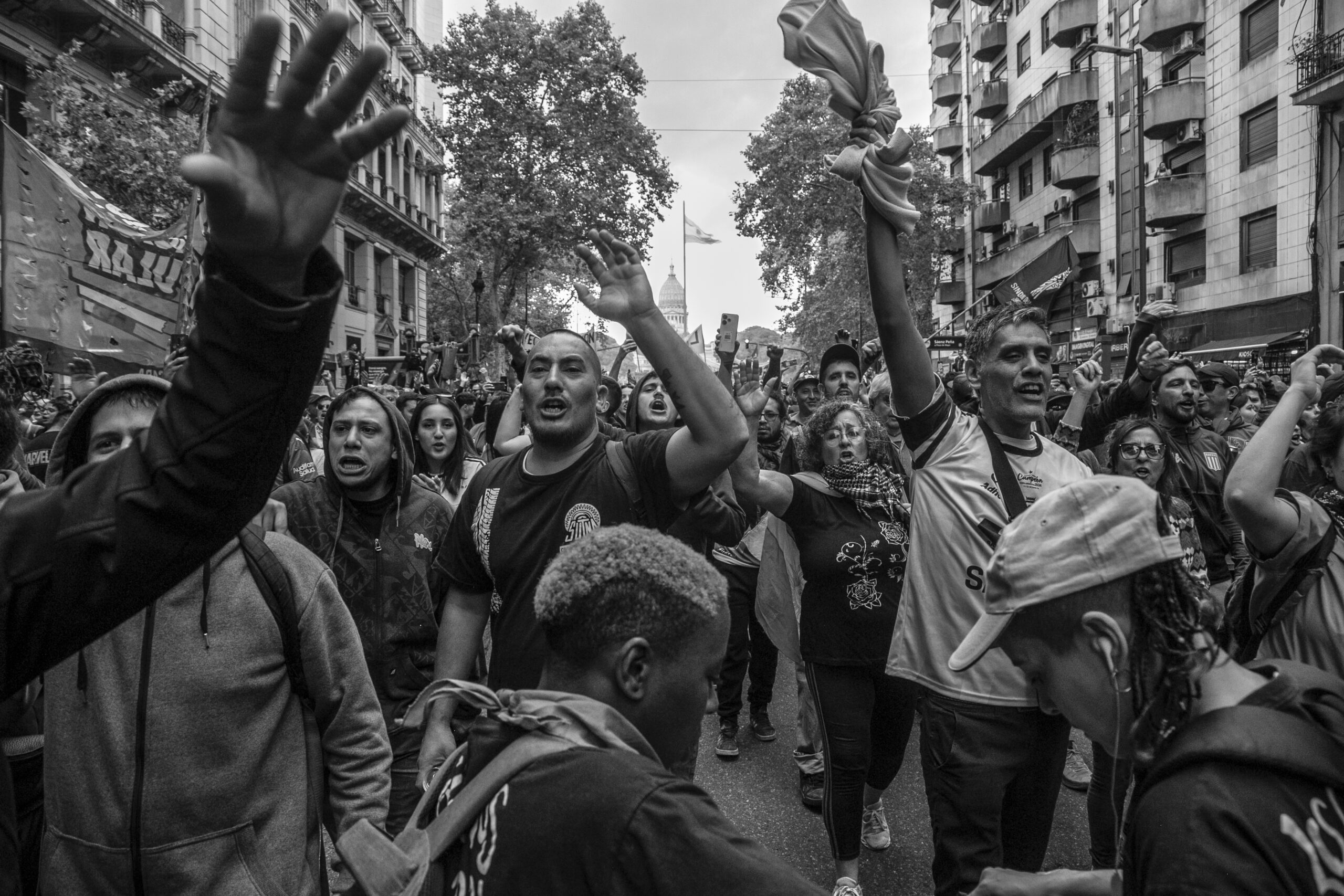 On March 2, 2016, the world suffered the murder of land defender Berta Cáceres. From that moment, those of us who took on the fight for justice pointed out that this act was aimed at stopping the struggle of the Lenca people in defense of the Gualcarque River.
On March 2, 2016, the world suffered the murder of land defender Berta Cáceres. From that moment, those of us who took on the fight for justice pointed out that this act was aimed at stopping the struggle of the Lenca people in defense of the Gualcarque River.
The crime against our mother, Berta, occurred within the context of impunity and violence against land defenders. Early on March 3, 2016, government officials publicly asserted that the murder was a common crime, offering no evidence. But the murderers of Berta Cáceres have names—at the time, they were shareholders in DESA [the company that was building the hydroelectric project she and the Lenca communities opposed]. Today DESA remains only in name, a name stained with blood.
From the point of view of Berta’s friends and family, justice is profound: it is built by the peoples, in the communities, by moving forward in their projects to defend life and the future. It is also built by demanding that the justice institutions do their job.
This construction isn’t easy in any of these spheres. Day after day, the communities face the negative impacts of the companies, the military and the police in the territories. And challenging the institutions of justice means appealing to racist and patriarchal spaces that have never contemplated the worldviews and realities of the communities and their leaders.
Fighting for justice
The current trial against Roberto David Castillo, who served as general manager of DESA, is being carried out within the justice institutions of the state. After more than two years of delays, the public trial has entered the final phase of oral arguments, where the evidence from both sides is presented and debated. Roberto David Castillo’s direct link to Berta’s murder has been amply demonstrated: recordings of telephone calls made from the cell phones of DESA employees have shown that he coordinated and provided logistics to the hitmen who murdered Berta Cáceres.
In addition, it has been proven that David Castillo transferred and ensured the execution of the orders of the masterminds of the crime to the murderers, that is to say, evidence showed his key role of liaison between those who paid for the murder and those who executed it.
But the role of the businessman was not limited to this. Berta Cáceres warned about Castillo’s training in military intelligence and, as has been seen throughout the hearings, he used this training to control and monitor her actions. In the course of the trial, evidence was presented that points directly to the guilt of Roberto David Castillo, but there is also evidence that shows that Castillo’s role in attacking the communities is framed within the policies of land grabs against indigenous communities that have taken place since colonization and intensified following the 2009 coup d’état. The assassination is also carried out within the context of the unequal power relations legitimized by patriarchy, racism and capitalism.
The peoples’ justice
Outside the courtroom, observers hold informal debates on what justice means. These discussions take place mainly in the Feminist Camp “Viva Berta”. The camp was installed outside the Honduran Supreme Court of Justice. The organizations that set it up declared that “with this camp, we feminist women, activists, defenders of life, will maintain a permanent presence during the trial being held in the Supreme Court of Justice to obtain #JusticiaParaBerta and punishment for the masterminds behind the crime.” The camp, organized by the National Network of Women Human Rights Defenders of Honduras, the Black Fraternal Organization of Honduras (OFRANEH) and the Civic Council of Popular and Indigenous Organizations of Honduras (COPINH), has brought together dozens of women, men, boys and girls who from different sectors and causes are building the other justice–the peoples’ justice.
When walking through the camp, one finds a circle of flowers laid carefully around a tree that at its foot has a photograph of Berta. The colored candles are among the many fires that light the camp.
The other fires are the improvised stoves that cook the food that’s distributed three times a day to everyone in the camp. After the mealtime talks between bites, the campers take their plates and cups to the sink and, as they slosh them with soap and water, they gather news to update themselves on the latest in the trial and the camp. The smell of coffee fills the afternoon air, as some people rest in their hammocks, and others desperately seek to connect their devices to create makeshift office in the tent that serves as a health clinic.
Boys and girls run around the tables where adults use crayons, glue and thread to create notebooks, mask-holders, embroidery albums and blankets that spread over this whole community that has emerged in the middle of the Honduran capital city to protect them from the early morning chill.
One feels a joyful sensation that rises from the feet upon arriving at the camp, a sensation that comes up from the earth. The earth is no longer a parking lot. It has become home to the rebellion of the communities, sheltered in tents, looking straight ahead at the courthouse, where a wall was built a few months ago. A new arrival is greeted with the naturalness of someone who knows that she is coming home. No one interrupts their tasks as they say hi. There is always a chair available to sit on, a circle for conversation, food and colors.
The camp serves to provide encouragement and good energies to those who will enter the courthouse to testify and is there receive those who come out after the hearing to shed the violence and hostility that permeates the atmosphere in the Supreme Court of Justice. Solidarity, love and commitment abound in this center of dignity.
Berta’s Path
“The peoples know how to create justice,” Berta said, and her phrase returns like an embrace. Her words renew our commitment and relieve the sting of impunity. Today, we are still here, in front of the courthouse, calling out the murderers by name, fighting for the future of the indigenous communities, forging territories free of patriarchy. Because it is true that Berta did not die, she multiplied– not only in me and my sisters, but in all these voices of the Lenca people and those who accompany us, all those who stand beside us to make justice with every struggle.
Laura Zuñiga Cáceres is the daughter of Berta Cáceres and a member of COPINH. Originally published by Just Associates (JASS) www.justassociates.org



